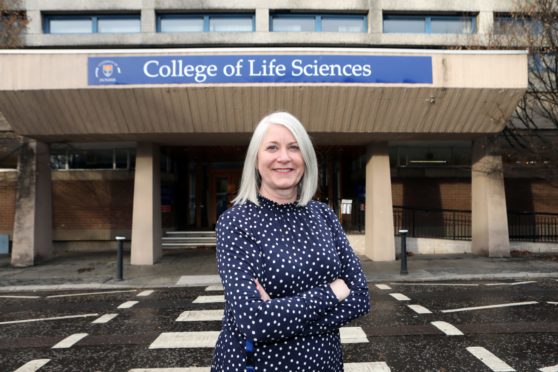The University of Dundee is to resume accepting body donations for medical science, 10 months after the programme was put on hold.
Since 2014, the body donation programme, run by the University’s Centre for Anatomy and Human Identification (CAHID), has accepted over 450 body donations from those who have chosen to contribute their body for the purposes of anatomical teaching, research and training upon their death.
The programme was suspended in March 2020 due to the Covid-19 pandemic, but from this week, body donations from registered donors will again be accepted.
Thorough risk assessments carried out
“The people of Tayside have always been very generous in donating their remains so others may learn,” said Vivienne McGuire MBE, bequeathal programme manager at CAHID.
“We have been very disappointed to have had to decline many offers over the past ten months and were sad that we could not fulfil the long-held wishes of our donors.
“We are pleased to advise that after carrying out thorough risk assessments to comply with health and safety guidelines, we are now resuming acceptance of deceased body donors.”
Donated bodies are used to teach medical, dental and science students about the structure and function of the human body, train healthcare professionals, and in scientific studies designed to improve our understanding of health and disease.
Professor Tracey Wilkinson, Director of CAHID, added: “The university normally accepts around 90 cadavers per year. Unfortunately, our closure has affected this acceptance figure quite significantly.
“Donating your body to medical science is an incredibly generous contribution and is valued highly by staff, students and researchers. We encourage anyone who is thinking about registering as a donor to get in touch.
“In Scotland, anyone over the age of 12 can choose to donate their body to medical science.
“It is important for individuals to discuss their wishes with family members and next of kin so that they can carry these out with the knowledge and understanding of what is involved.”
Those who wish to learn more about the university’s body donation programme, or wish to register as a donor, can either call 01382 388825/01382 384746 or email bodydonation@dundee.ac.uk.









